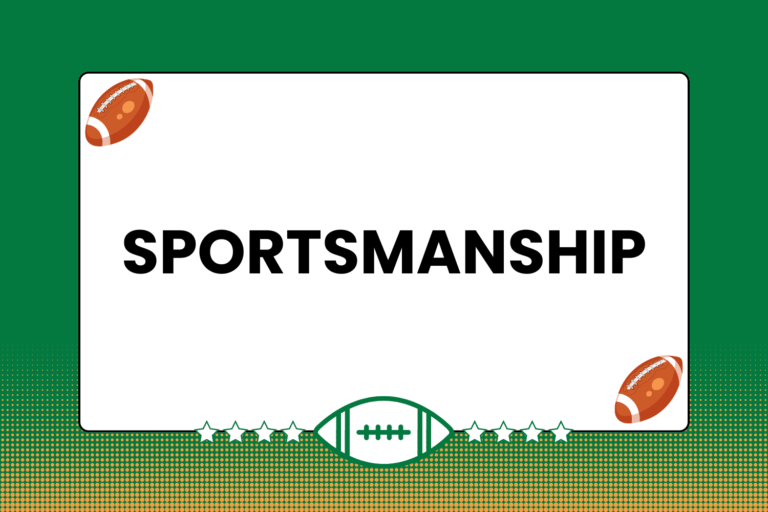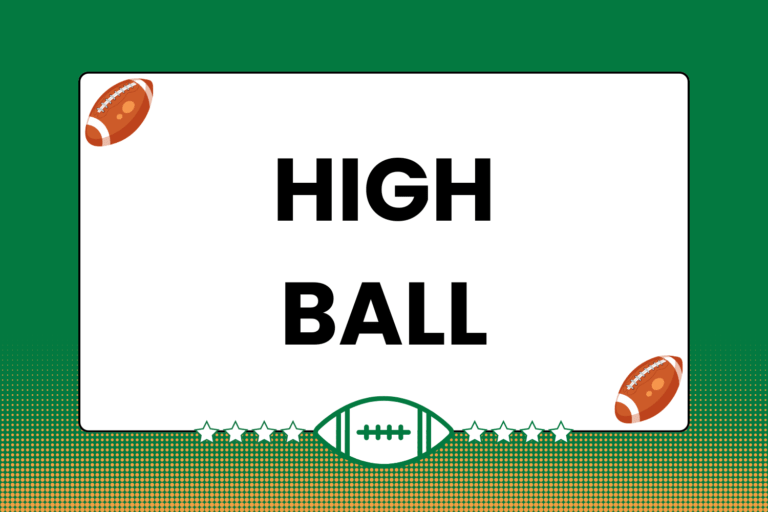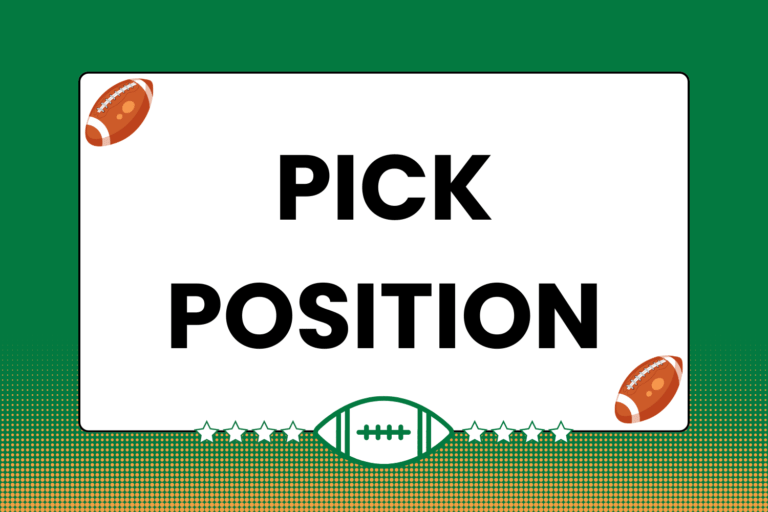When approaching a tackle, it’s important to remember/realize that the tackle doesn’t stop after first contact. After contact is made with the target, the tackler needs to use his/her momentum to ensure that the initial contact will turn into a full tackle. The tackler should focus all the momentum into the lead shoulder, which will be the shoulder opposite from the safe side of the ball carrier; if the left side is the safe side, then the tackler’s right shoulder will be the lead. That’s basically how to finish a tackle, and that’s exactly what this guide focuses on.
Finish Strong
Hot Tip: The key to finishing a tackle is to drive through and take down the target after establishing contact.
The tackler should actually think of the tackle as ending a few meters beyond the original point of contact. This will help the tackler do two things: One, remember that the tackle doesn’t end after the initial hit; and two, remember to drive through after the ball carrier is wrapped up all the way to the ground.
Step 1: Maintain Control After Contact
The hit is secured by wrapping up the ball carrier around the lower midsection/upper thigh area, both for extra momentum and extra control. As the shoulder is planted in that area, the arms are swung up and wrapped around the ball carrier. Swinging the arms through helps to generate extra momentum and forces the ball carrier in the direction the tackler wants him/her to go. By wrapping up, the tackler is both immobilizing the ball carrier and using their body weight to help bring the ball carrier down.
Step 2: Drive Through the Ball Carrier

After the hit and the wrap-up stage, it’s crucial to bring the legs back into the equation. The feet should be moving throughout the entire tackling process; though just prior to contact they’re just doing short, choppy steps. After the shoulder hit and the wrap-up, the tackler should drive through the ball carrier and direct him/her to the ground. Driving through after the hit and wrap-up is the best way to maintain control of the ball carrier.
Finishing Options
When dealing with bigger players, slight adjustments can be made to the tackling procedures that will help level the playing field.
- Follow all the normal steps until you get to the shoulder plant. Instead of planting a shoulder in the midsection, aim for the thigh.
- Wait until the ball carrier is almost right next to the tackler, rather than in front. This hesitation makes the next step easier, and more likely to succeed.
- Wrap the arms around the legs, either by squeezing them into the chest or by extending the arms with the hands interlocked. Both maneuvers seek to bring the ball carrier down by immobilizing the legs, rather than by exerting enough force on the ball carrier.
These adjustments don’t guarantee a clean tackle will be made; it’s pretty hard to imagine a fullback who weights 130 pounds cleanly taking down a 300 pound prop, regardless of the fullback’s form. Still, these techniques should increase the overall level of tackling success.
From the Tackle
The ball carrier was hit, wrapped and brought to the ground. Tackle successful. Unfortunately, as long as the ball is in play, the match is still going. That means that something else is coming hot on the heels of the tackle.
Regardless of what happens next, the tackler must release the ball carrier when they hit the ground, just as the ball carrier must release the ball.There are two possibilities for what comes next:
- If the ball is played out, both players get to their feet and rejoin their respective teams.
- If play develops right over the tackle – in the form of a ruck, for example – both players involved in the tackle would do well to curl up and cover their heads/faces. If they can get out, they should, but if one player involved in the tackle tries to get up and prevents an opposing player from making a play on the ball, the player from the tackle will be called for an obstruction penalty.
Hot Tip: The Tap Tackle
When the ball carrier is too far away to be hit and wrapped up, the tackler can try a ‘tap tackle’ as a last-ditch effort.
- Assuming the ball carrier is close enough, the tackler dives at the ball carrier’s legs.
- The tackler hits one of the ball carrier’s feet in an effort to cause the ball carrier to trip over the feet.
Proper Form Equals Lots of Tackles
Effective tackling is the most crucial skill there is on defense. If done correctly, it can also go a long way toward helping your team regain possession of the ball. Proper tackling technique will not only help you bring down the ball carrier, but also keep you safe when doing so. And remember, no rugby player in the history of the game successfully completed every tackle that was attempted. Sometimes you miss, sometimes you get run over, sometimes you have your head on the wrong side of the ball carrier’s body. It happens. But the more you tackle (properly), the sooner it will become an instinctual habit, and the better you’ll be at tackling.





